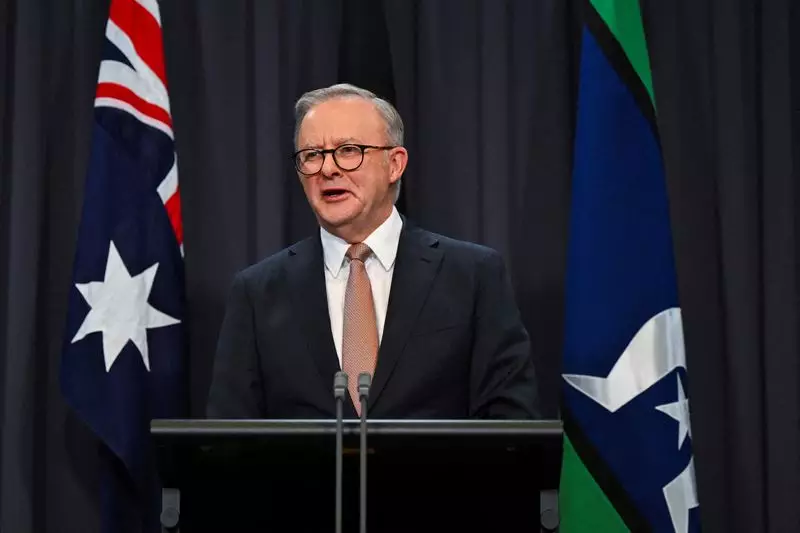Australian Prime Minister Anthony Albanese’s recent declaration regarding significant cuts to student loans is being hailed as a pivotal moment in responding to the financial strains affecting many citizens. The proposal to reduce student debts by 20% for nearly three million Australians is aimed at alleviating the burden of approximately A$16 billion, roughly US$10 billion, on students. This initiative is not merely a standalone action but part of a larger strategy introduced in May’s federal budget to address the escalating cost of living in Australia, a matter that has become increasingly urgent in light of rising inflation.
The specifics of the policy indicate that an average graduate, who may currently hold a debt of A$27,600, would see their obligations reduced by A$5,520. This kind of relief could provide significant financial breathing room for those recently entering the labor market, allowing them to redirect their finances towards more immediate needs, such as housing or burgeoning family expenses. However, while the gesture is commendable, it raises questions regarding its long-term effectiveness and sustainability. Will reducing repayments truly assist in long-term financial planning for graduates, or does it only serve as a temporary relief measure?
Albanese’s government has further committed to revising the annual repayment amounts and increasing the repayment threshold, indicating a temporary yet hopeful shift towards a reformed educational financing structure. Furthermore, the potential introduction of legislation to guarantee 100,000 free places annually at Technical and Further Education (TAFE) institutions illustrates a broader commitment to enhance access to education. This could empower a larger segment of the population to pursue vocational training without the fear of overwhelming financial repercussions.
As Albanese communicated the proposed changes during a speech in Adelaide, it became clear that these measures also carry substantial political weight. With the Labor party currently trailing their conservative counterparts in opinion polls, the urgency to address the increasingly pressing cost of living crisis becomes apparent. Moreover, the 2025 general elections loom near, heightening speculation on whether such policies will resonate with voters and sway their decision-making.
The timing of the policy announcement is critical; it is designed to resonate with the electorate amidst economic pressures that have become a focal point in political discussions. While the Albanese government seeks to build a better educational landscape, the effectiveness of these reforms will ultimately depend on public reception and their implementation.
The proposed 20% cut in student loans represents a significant shift in the Australian educational financing landscape. By addressing immediate debt concerns and promising further reforms in the system, Albanese’s government appears poised to make meaningful changes to the financial realities faced by students. However, whether these measures can yield sustainable benefits in the long run remains to be seen, especially as Australia navigates a complex political and economic landscape. The coming years will reveal the true impact of these initiatives on graduates and the future of Australia’s educational system.


Leave a Reply